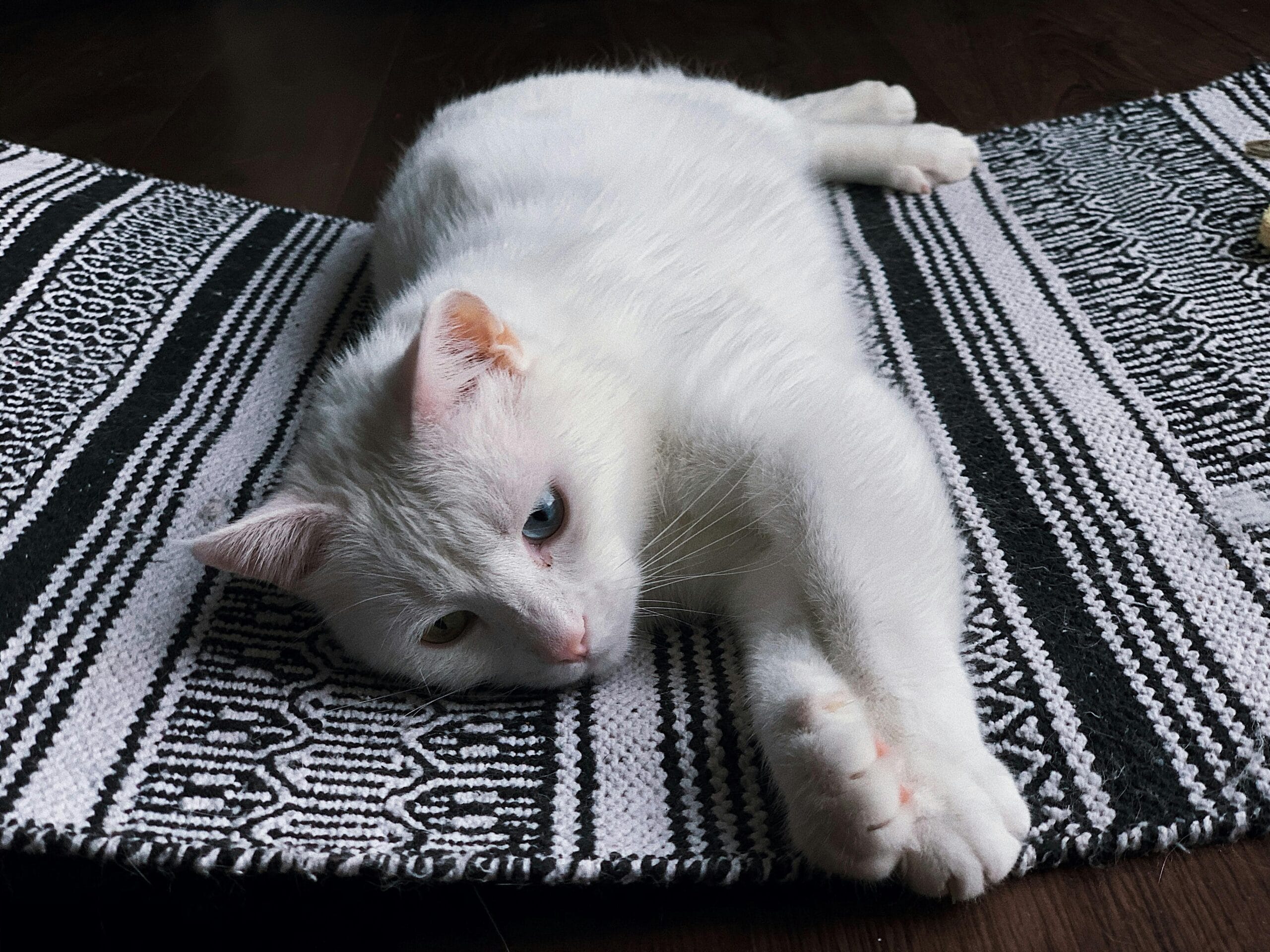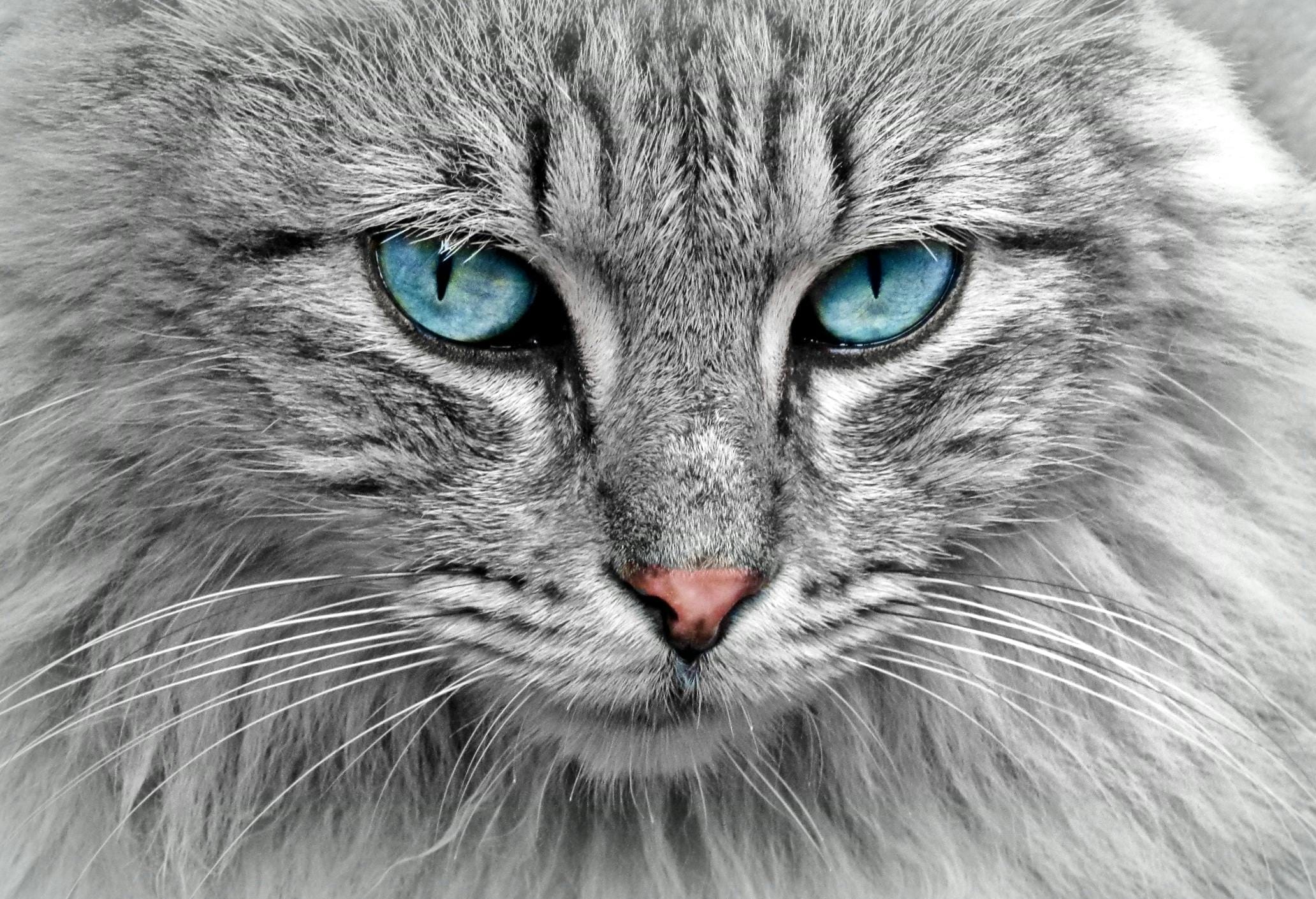Do Kittens Eyes Change Color ?

Do Kittens Eyes Change Color? Discover why kitten eye color changes and learn about the fascinating process of their eye color development. Kitten eye color change explained! Find answers now.
Do Kittens Eyes Change Color? A Comprehensive Guide
The captivating gaze of a kitten is often one of the first things that draws us to these adorable creatures. But have you ever noticed how those mesmerizing eyes can sometimes change dramatically over time? Many people wonder, “Do kittens eyes change color?” The answer is a resounding yes, and the process is fascinating. This comprehensive guide delves into the science behind kitten eye color change, exploring the reasons why this transformation occurs and what you can expect from your furry friend’s evolving peepers.
Understanding the Science Behind Kitten Eye Color Change
A kitten’s eye color is determined by the amount and type of melanin, a pigment, present in the iris. Melanin is also responsible for skin and fur coloration. In kittens, the melanin production isn’t fully developed at birth. This means that a kitten’s eye color at birth, or in the very early weeks of life, is often not its permanent color. The melanin continues to develop and distribute in the iris throughout the kitten’s first few months of life, leading to the gradual color change. This process is quite different from the unchanging eye color found in adult humans.
Many factors influence the final eye color. Genetics plays a significant role, determining the potential range of colors. The breed of the kitten also has a considerable impact. Some breeds are predisposed to specific eye colors, while others exhibit greater variety. Even within the same litter, you can see different eye colors resulting from the unique genetic combination each kitten inherits from its parents. For instance, Siamese cats are known for their striking blue eyes. The breed’s genetics play a critical role in determining why do kitten eyes change color in the way they do, often resulting in a characteristic adult eye color that is quite different from their initial appearance.
The Timeline of Kitten Eye Color Change
The timeframe for kitten eye color change varies, but generally, the most significant changes occur within the first few months of a kitten’s life. Many kittens are born with blue eyes. This is because the melanin hasn’t fully developed yet. As the melanin production increases, the eyes can start to shift color, typically beginning around two to three weeks of age. By about six to eight weeks, some noticeable changes might already be apparent. However, the final color may not be fully established until the kitten reaches three to four months of age, or even later in some cases. It’s a gradual process, with the eyes subtly changing shade week by week.
Common Eye Color Changes in Kittens
Blue is a common starting point for many kittens’ eye color. This initial blue can transform into various shades, including green, hazel, amber, gold, and even copper. The intensity of the color also evolves. A light blue might deepen to a vibrant blue, or a pale green might become a rich emerald. Some kittens may retain their initial blue eyes, while others will experience a complete transformation. The unpredictability is part of what makes watching this change so intriguing. You can really witness the unique development unfolding before your eyes!
The process isn’t always uniform. One eye might change color at a different rate than the other, leading to a temporary asymmetry. This is perfectly normal and doesn’t indicate any underlying health problems. But if you notice any significant differences in eye size or shape alongside a color change, it’s always wise to consult your veterinarian. They can ensure everything is developing normally and rule out any potential issues.
Why Do Kitten Eyes Change Color? A Deeper Dive
The primary reason for why do kitten eyes change color boils down to the maturation of melanin production. As mentioned earlier, melanin is the pigment responsible for eye color. At birth, the melanin isn’t fully developed, leading to the common blue eye color seen in many newborns. As the kitten grows, the melanocytes (cells that produce melanin) become more active, leading to the production and distribution of more melanin within the iris. This gradual increase in melanin directly impacts the perceived eye color.
Genetic factors further influence this process. The genes inherited from the parents dictate the potential range and type of melanin that can be produced. This ultimately determines the final eye color. Therefore, understanding the genetic background of the kitten’s parents can help you make an educated guess about the likely outcome of the eye color change. But it’s always an exciting surprise to see the final result unfold.
The environment also plays a relatively minor role. Factors like light exposure and overall health can slightly influence the rate and intensity of melanin production, but the genetic makeup remains the dominant factor in determining the final eye color. For example, a study by the National Institutes of Health highlighted the complex genetic interplay influencing pigmentation in mammals.
Breed-Specific Eye Color Changes
Different cat breeds exhibit distinct patterns of kitten eye color change. Some breeds are known for consistently blue eyes, while others show a broader spectrum of possibilities. Siamese cats, for example, almost always have striking blue eyes, a characteristic closely linked to their unique genetic profile. Other breeds may have a greater variety of eye colors depending on their parentage and genetic makeup. Researching the typical eye color patterns for your kitten’s breed can offer some insight into what to expect, but remember, there’s always room for variation.
Understanding these breed-specific tendencies can make the process of observing kitten eye color change even more fascinating. It’s like watching a genetic blueprint unfold before your very eyes! The Cornell University College of Veterinary Medicine provides excellent resources on feline genetics and breed-specific traits that can help cat owners understand this phenomenon better.
Differentiating Normal Color Change from Potential Problems
While kitten eye color change is a natural process, it’s essential to be aware of potential health concerns. While changes in eye color are usually normal, any abnormalities in eye structure, excessive tearing, cloudiness, or unusual discharge warrant immediate veterinary attention. These symptoms could indicate underlying health issues that require prompt diagnosis and treatment. A healthy kitten should show a gradual, even change in eye color without any other accompanying issues. If you observe any concerns, it’s crucial to consult your veterinarian.
It’s helpful to regularly document the changes in your kitten’s eye color. Taking photos at regular intervals can help you track the progress and identify any unusual deviations from a normal kitten eye color change timeline. Comparing your observations with information from trusted sources like the American Veterinary Medical Association can give you a better understanding of what to expect and when to seek professional veterinary advice. Remember, prevention is always better than cure!
Conclusion
The journey of kitten eye color change is a fascinating natural process, influenced by genetics, melanin production, and the kitten’s overall health. While many kittens start with blue eyes, the final color is often unpredictable and can vary widely. Observing this transformation is a unique privilege for cat owners, highlighting the magical growth and development of these adorable creatures. Remember to consult your veterinarian if you have any concerns about your kitten’s eye health. They can provide guidance and rule out any underlying conditions.
Share Your Experience!
Have you witnessed the amazing transformation of your kitten’s eye color? Share your stories and experiences with kitten eye color change in the comments below! Let’s build a community of cat lovers who can share their insights and marvel at the wonders of feline development, using keywords like do kittens eyes change color and why do kitten eyes change color to help others find our discussion.

10 FAQs: Do Kittens Eyes Change Color?
1. Do kittens’ eyes always change color?
No, not all kittens’ eyes change color. While many breeds experience a shift, some are born with their adult eye color already established. The kitten eye color change process is most common in kittens born with blue eyes.
2. Why do kitten eyes change color?
The why do kitten eyes change color question is answered by melanin production. Melanin is the pigment responsible for eye color. Kittens are born with less melanin, resulting in blue eyes. As they mature, melanin production increases, altering eye color to green, yellow, gold, or brown. This process is largely determined by genetics.
3. At what age do kittens’ eyes change color?
The kitten eye color change typically occurs between 6 and 8 weeks of age, though it can continue gradually until around 12 months. Some breeds may show changes even later.
4. What color are kittens’ eyes usually born with?
Many kittens are born with blue eyes, regardless of their eventual adult eye color. This is because the melanin responsible for coloring the irises hasn’t fully developed yet. This doesn’t mean they will definitively stay blue.
5. Can I predict my kitten’s adult eye color?
Predicting the final eye color with certainty is difficult. While breed can provide a clue, genetics are complex, and the final shade isn’t always predictable. However, observing the changes in eye color during the kitten’s first year provides a good indication. The question “Do kittens eyes change color?” is often tied to this uncertainty.
6. My kitten’s eyes are still blue at 1 year old. Is this normal?
In some breeds, blue eyes can persist into adulthood. Breed standards can sometimes specify blue eyes as a desired trait. However, if you’re concerned, consult your vet to rule out any underlying health issues.
7. My kitten’s eye color is changing unevenly. Should I worry?
Slightly uneven changes in eye color are often normal, especially in the early stages. However, significant or rapid changes accompanied by other symptoms (like discharge or redness) should warrant a veterinary check-up.
8. Does diet affect kitten eye color?
No, diet doesn’t directly influence the color of a kitten’s eyes. The color change is genetically determined and regulated by melanin production, not nutrition.
9. Do all breeds of kittens experience eye color changes?
No, some breeds are born with their adult eye color. Breeds that typically have consistent eye color may not show significant changes, while others, like Siamese, often have a dramatic kitten eye color change.
10. Is there a way to know for sure if my kitten’s eyes will change color?
There’s no foolproof method to know the final eye color definitively. Consistent observation and knowledge of the breed’s typical characteristics offer the best guidance. The question, “Do kittens eyes change color?” highlights this uncertainty, with the answer varying by kitten and breed.

Do Kittens’ Eyes Change Color? A Guide for New Owners
Many kitten owners are fascinated by the possibility of their kitten’s eye color changing. It’s a common occurrence, and understanding why and how it happens is crucial for responsible pet ownership. This guide provides practical tips and health considerations regarding kitten eye color changes.
Why Do Kitten Eye Colors Change?
Kittens are often born with blue eyes. This is because the melanin, the pigment responsible for eye color, hasn’t fully developed yet. As they grow, melanin production increases, leading to a change in eye color. This typically happens between a few weeks and several months of age. The final eye color is usually established by around the age of 12 months, but sometimes can take even longer.
Common Eye Color Changes in Kittens
Blue eyes often transition to green, yellow, gold, copper, or hazel. Breed plays a significant role. Some breeds, like Siamese cats, are known for their striking blue eyes, while others may have a wider variety of eye color possibilities. The intensity of the final color can also vary.
Health Considerations: When to Worry
While eye color changes are generally normal, certain signs warrant veterinary attention:
- Cloudy or milky eyes: This can indicate cataracts or other eye problems.
- Uneven eye color: A significant difference in color between the two eyes may point to an underlying health issue.
- Eye discharge or redness: This could be a sign of infection or irritation.
- Excessive squinting or rubbing of the eyes: This suggests discomfort or pain.
- Sensitivity to light: Changes in light sensitivity could be a symptom of a medical condition.
Important Note: If you observe any of these symptoms, consult a veterinarian immediately. Early diagnosis and treatment are crucial for maintaining your kitten’s eye health.
Practical Tips for Monitoring Your Kitten’s Eyes
Regularly check your kitten’s eyes for any unusual changes. Observe the color, clarity, and any presence of discharge. Take photos at regular intervals to track the progression of eye color changes. This will help you document any significant deviations from the norm.
Conclusion
The changing eye color of a kitten is a fascinating aspect of their development. While most changes are perfectly normal, responsible monitoring is key. Early detection of potential problems ensures your kitten enjoys a life of good vision.
Keywords: kitten eye color change, kitten eye color, changing kitten eyes, kitten eye health, cat eye color, kitten health, cat breeds, eye color genetics